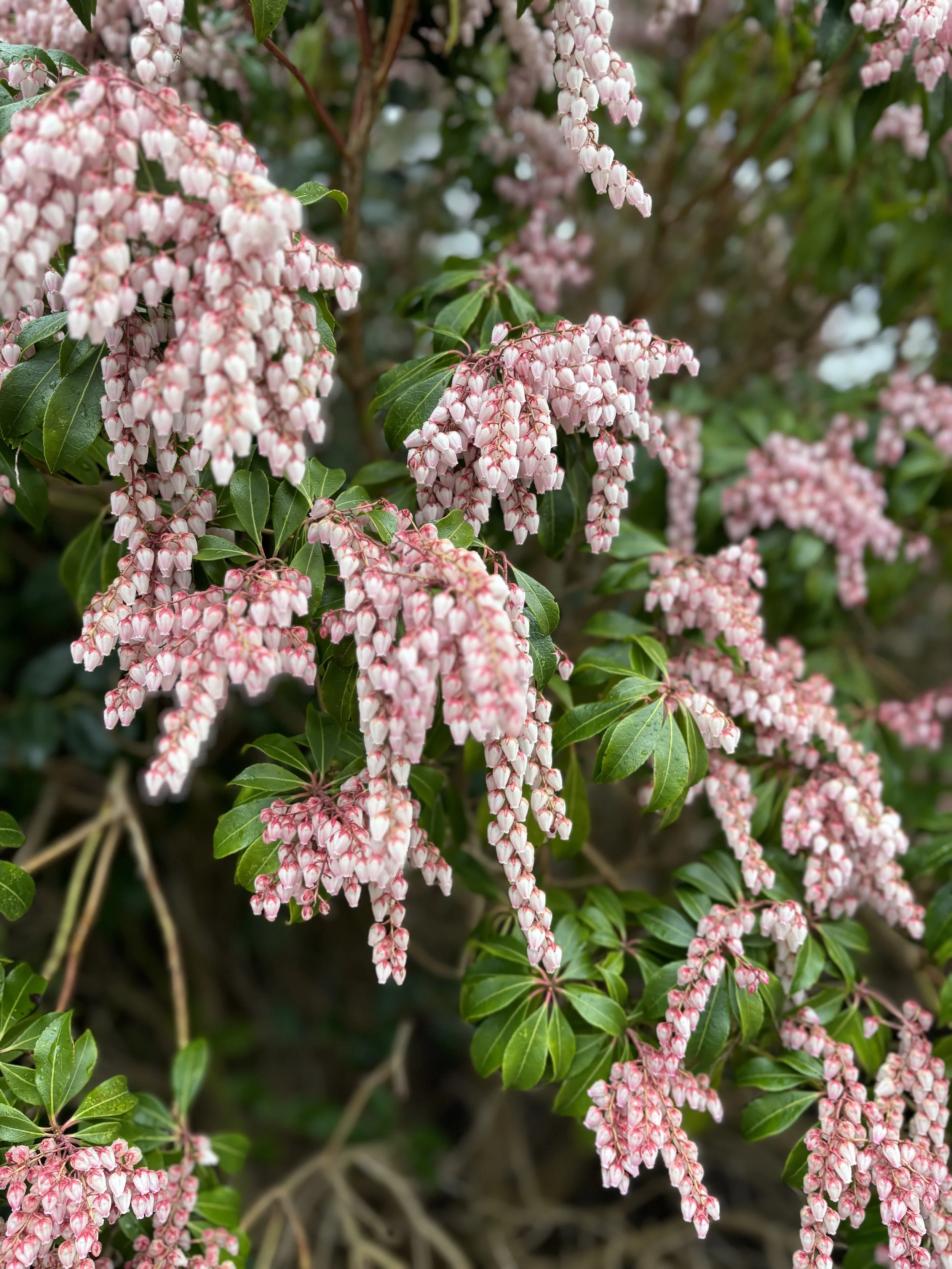Ginsberg's American Sentence: World Building with only 17 Syllables
by Kimberley Allen McNamara
A Re-post from the Vault. First published in March 2022. Try your hand at the American Sentence.
Allen Ginsberg was a poet, author, musician, Buddhist, world traveler and much more. (see the Allen Ginsberg Project) Perhaps you are aware of him and his connection to the Beat Generation,* or maybe saw Ginsberg depicted in the 2013 movie Kill Your Darlings by Daniel Radcliffe. If you don’t know of him, you should. Ginsberg should be known because of his many contributions to poetics, photography, and music (he was close friends with and recorded with Bob Dylan). He also should be known for the creation of the “American Sentence.”
What constitutes an American Sentence?
In his desire to distill the most salient of details, command a sense of urgency, and bring energy to poetics, Ginsberg created an American Sentence. An American Sentence per Ginsberg consists of 17 syllables. The 17 syllable requirement/requisite stems from the Japanese Haiku.
The Haiku consists of three lines; five syllables in the first line, seven syllables in the second line and then in the third line, five syllables. In Japanese calligraphy, the haiku is written in three vertical lines right to left; the English translation of the from is three horizontal lines read left to right. While some of the traditional haiku may be lost in the placement of the lines from vertical to horizontal, the fact that the haiku does not require rhyme (one is not expected) nor does a haiku have a regular meter. The haiku is the most minimal and concentrated form of poetry.
Ginsberg’s American Sentence took the 5 syllables of the first line of the haiku + the 7 syllables of the second line of the haiku + the 5 syllables of the third line of the haiku to arrive at the total number of syllables needed to craft an American Sentence. An American Sentence created by Ginsberg was thus an homage to the haiku, which is logical given that the haiku is considered poetic minimalism at its purest and as such an aspiration of Ginsberg’s..
But unlike the haiku, An American Sentence does not need to state the season of its occurrence. (The haiku contains a seasonal element; this seasonal element, usually one word that for the sake of economy, states the season simply i.e.: cherry blossoms (sakura) for spring, or wisteria (fuji) for summer. Ginsberg maintained that poetics should have “maximum of information with minimum amount of syllables” thus the season placement was not required.
Ginsberg’s 1994 Cosmopolitan Greetings contains two and half pages of these American Sentences, some with a preamble in terms of setting and with a timestamp:
“(Tompkins Square Lower East Side N.Y.)
Four skinheads stand in the streetlight rain chatting under an umbrella. 1987
Or
Rainy night on Union square, full moon. Want more poems? Wait till I'm dead. August 8, 1990 3 A.M.”
Applications of An American Sentence beyond poetry
As a writing prompt:
Construct your own American Sentence. Make the construction a daily practice. Paul E. Nelson of Cascadia Poetics Lab actually did this for 20 years. Nelson teaches a workshop on an American Sentence.
You may find this helps you clear away the debris and detritus as you become focused on getting to the essence of what you are truly trying to say. Holding fast to a limited number of syllables makes you choose your words wisely, economically. You distill without lamenting the loss of your favorite adjective or combination of words. By throwing down the gauntlet of a 17 syllable limitation, the game of achieving the most within the syllable limit distracts you from the frivolity which could have clouded your sentence.
Want a further challenge? Try writing a micro or flash fiction using a 17 syllable sentence to open and close.
OR
Applications of An American Sentence to the novel and famous first lines? Consider:
“It was a bright cold day in April, and the clocks were striking thirteen.” (17 syllables) Orwell 1984
“Time is not a line but a dimension, like the dimensions of space.” Margaret Atwood Cat’s Eye
Others come close:
“We started dying before the snow, and like the snow, we continued to fall.” (19) Louise Erdrich, Tracks
“Dr. Weiss, at forty, knew her life had been ruined by literature.” (19) Anita Brookner The Debut
“There was a boy called Eustace Clarence Scrubb, and he almost deserved it.” (16) C.S Lewis The Voyage of the Dawn Treader
“The christening party took a turn when Albert Cousins arrived with gin.” (18) Ann Patchett Commonwealth
You may discover the first line to your novel with an American Sentence.
As Ginsberg wrote in his poem Cosmopolitan Greetings:
“First thought, best thought.”
Mind is shapely, Art is shapely.
Maximum information, minimum number of syllables.”
—-Allen Ginsberg
*Ginsberg was part of a revolutionary movement in poetry and society; he was part of the Beat Generation among Jack Kerouac, William Burroughs, Diane di Prima and LeRoi Jones.
*************************
Try your hand at crafting an American Sentence and post a comment. For more information on an American Sentence try these sources:
The Allen Ginsberg Project
Cascadia Poetics and Paul Nelson’s handout on An American Sentence Paul also has a book entitled American Sentences:One Sentence Every Day for Twenty Years
For syllable counting easy try How Many Syllables
@Ginsbergpoem twitter
@splabman twitter





